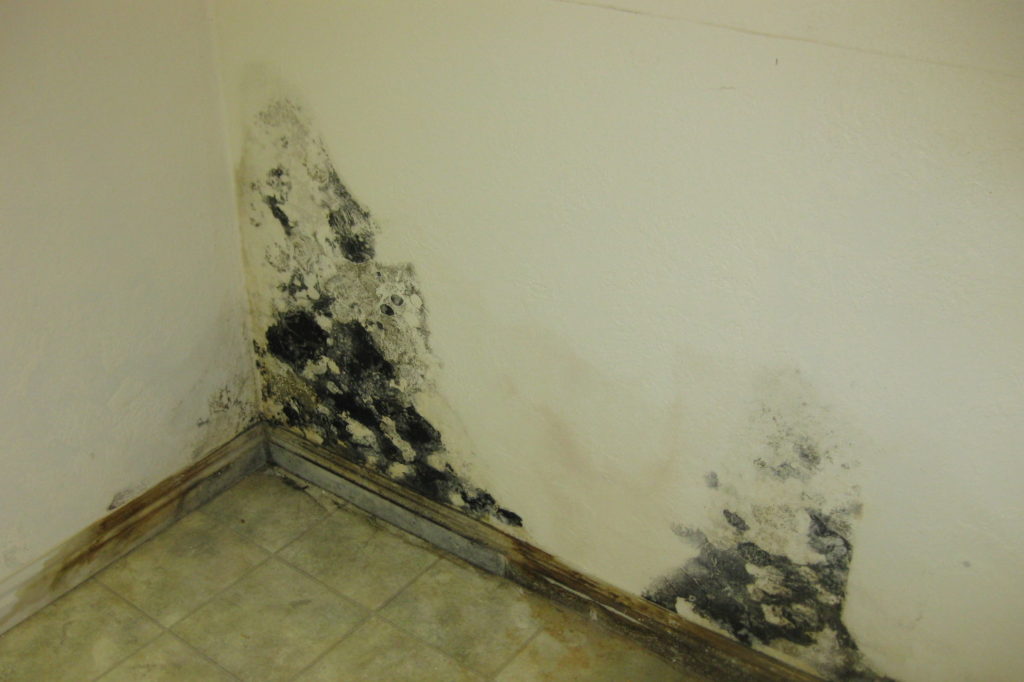Molds could be a gnawing concern, which usually goes unnoticed during its early stages. Although mold is natural and is quite essential in other quests of nature, such as compositing and brie making, if it is inside your house growing on your walls and upholsteries, it could foster several health problems.
Detecting water damage and mold at an early stage is crucial, not only for faster remedy but also for lasting prevention. The best way to stop water damage and mold growth due to flooding is by hiring a certified servicemaster in restoration. However, it always proves advantageous if you know to detect and prevent water damage and mold growth by yourself.

Start with the Problem – Track It
You must identify the root cause to deal with the bigger problem actually. The steps involve cleaning up standing water, identifying the source of leakage, and making repairs.
Tracking down water damage is not always easy as it seems to be. Water can travel long distance into the building structure. So, the indication of the leak may not actually be the source of the leak; it might trigger from another part of the house as well.
You must contact a plumber or a water damage restoration specialist to detect the source and take quick measures. Some of the common symptoms of water damage or leaks are:
- Peeling paints or wallpaper
- Corrosion on valves and pipe fittings
- Stuffy odor
- An unexpected increase in your water bill
- Damaged wood
- Wet carpet and bedding
- Warped panels on floors and cabinets
A musty odor is the first sign of developed mold in places that are out of sight. Molds are the additional baggage or misery that accompanies water damage and flooding. Water damage is the ideal place for locked moisture, and dark and humid places are the ideal spot for mold growth. Mold growth and water damage go hand in hand. If one is present, another is lurking around too.
While you can prevent mold in most visible locations, attics, crawl places, underneath cabinets, and ductwork are places where you should actively look for the signs and symptoms of mold growth.
Since mold can cause serious damage, you must deal with it quickly. If the mold-affected area is larger than three by three feet, you must find a professional mold remediation service master to accomplish the task. However, you can start cleaning up as you wait for professionals, such as disinfect non-porous materials and hard surfaces with warm water and cleaning solutions
Vinegar and baking soda are two active and cheap ingredients that can kill mold effectively. You can mix either of them with water in 2:2 ratios and make your own cleaning solution. All you need to do is spray the solution generously on moldy surfaces, let it soak for 10 – 15 minutes, and then dab the solution off with warm water.
Porous surfaces such as drywall must be replaced at the earliest. You can also use kits to take samples of moldy areas and send them for testing. Test results can tell the percentage of mold growth in the home, between as normal, average and elevated. Based on the findings you can take remedial measures.